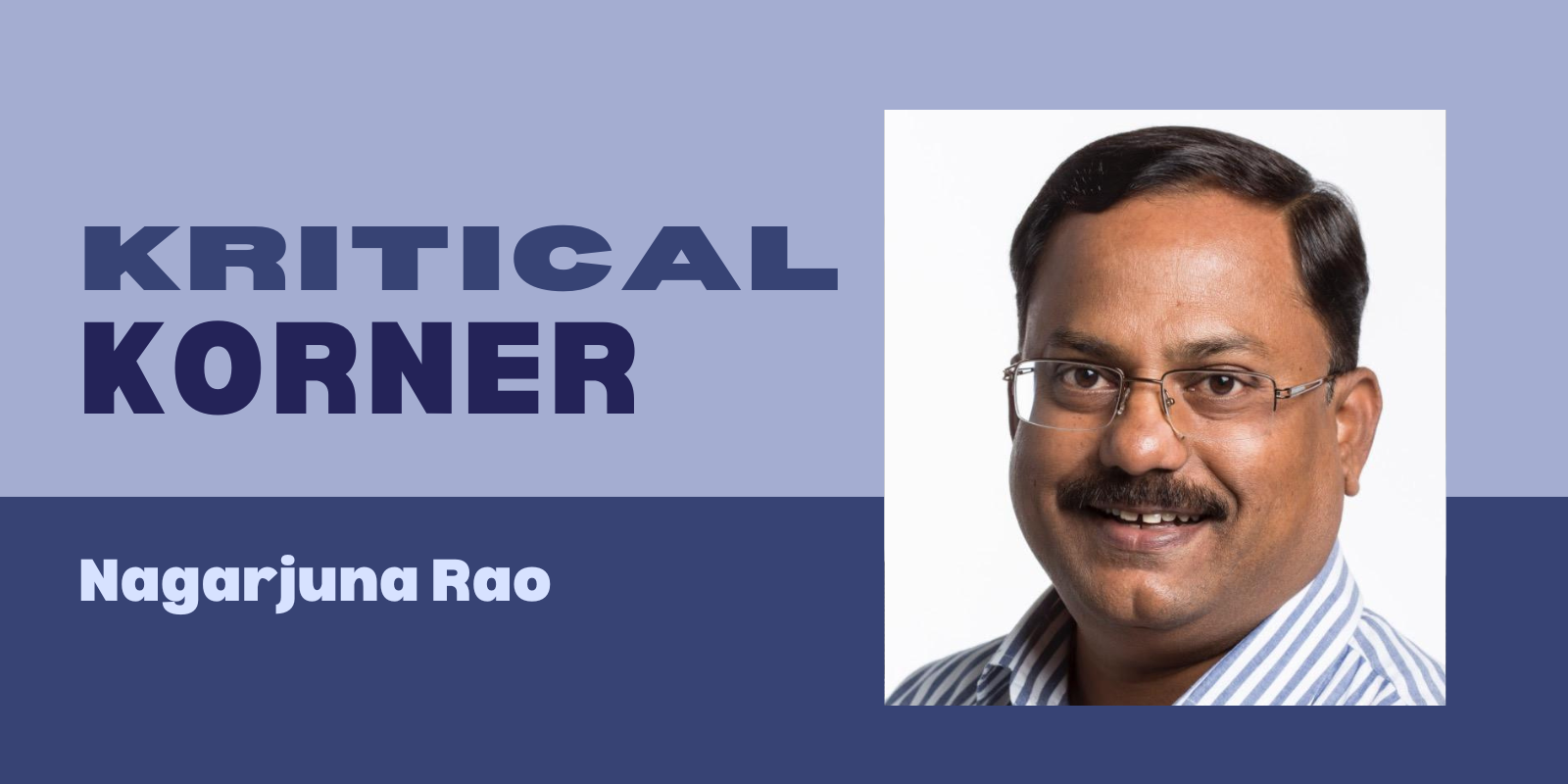The face is the index of the mind, they say. Which is exactly why rulers across history made it their life’s mission to ensure their portraits showed nothing of the sort.
From the glowering grandeur of Mughal emperors to the permanently serene smugness of British viceroys, India’s art galleries are filled with royal faces that looked like they slept well, ruled better, and never once questioned the flattery being brushed onto canvas. The court artist, after all, painted not with oil, but with fear. One wrong wrinkle, and it was off with his brush hand.
So when descendants-ideological or otherwise – throw a royal fit about how their forefathers are portrayed, like the fuss over Aurangzeb’s depiction in the recent film Chaava starring Vicky Kaushal in the titular role and Akshay Khanna as the Mughal ruler, we really shouldn’t be surprised. History may not repeat, but it certainly rhymes in temper tantrums.
Power of portraiture
And speaking of temper tantrums, let us shift the focus to the 45th and 47th President of the US, Donald J. Trump – a man who believes deeply in the power of portraiture to reflect not the soul, but the spray tan.
It appears the presidential portrait of Trump that was recently put up in the Colorado State Capitol dared to show him with what observers might call a ‘face’. A face with jowls, human ageing, and subtlety. Painted by British artist Sarah Boardman, it was deemed ‘purposefully distorted’ by the subject himself, who declared it ‘truly the worst’ and wondered if the artist ‘must have lost her talent as she got older’. The same artist, mind you, who had earlier painted a portrait of Barack Obama that Trump declared ‘looks wonderful’. We see what you did there, Donald!

Spectacle hit by budget constraints
After much royal grumbling, a new painting now graces the Capitol’s wall. This one, painted by Vanessa Horabuena of Arizona and donated by the White House (which now apparently doubles as an art dealership), features a Trump who is not only older, but more luminous! That is because it is bordered in gold so it can glimmer in the light, as per the Great Glorifier’s precise demand. And why stop there? Rumour has it the original plan was to install a rotating spotlight and a fan for dynamic hair movement, but even the Colorado GOP has budget limits.
The new portrait, it is said, bears a close resemblance to Trump’s official second-term photograph, which now adorns more than 1,600 federal buildings across America – and even more spaces that volunteered, possibly under duress. It is a classic power move: replace the Obama portrait in the White House foyer with one of yourself, fist in the air, having survived an assassination attempt. That is not just a pose. That is propaganda with oil paints.

Illusion is better than likeness
As someone who once ran a modest photo studio in Bolarum in the 1980s – back when glamour meant black-and-white retouching and Photoshop was still a distant future – I remember a client who wanted his pockmarked face to be made presentable. I spent hours delicately smoothing the negative, softening shadows, applying more filters than our RO water purifier. He was overjoyed. And I thought he would have been just as happy if I had simply replaced him with a Bollywood actor. The illusion mattered more than the likeness.
A reflection of ego
Some things don’t change. Whether it is Aurangzeb’s chisel-jawed biopic version or Trump’s glimmering gaze of glory, we live in times where public figures demand to be portrayed not as they are, but as they wish to be remembered. Art, once a reflection of life, is now a reflection of the ego – and the budget available for gilded frames.
But hey, who are we to judge? Maybe the face is the index of the mind. And maybe that is the real reason everyone’s so desperate to Photoshop the truth.





